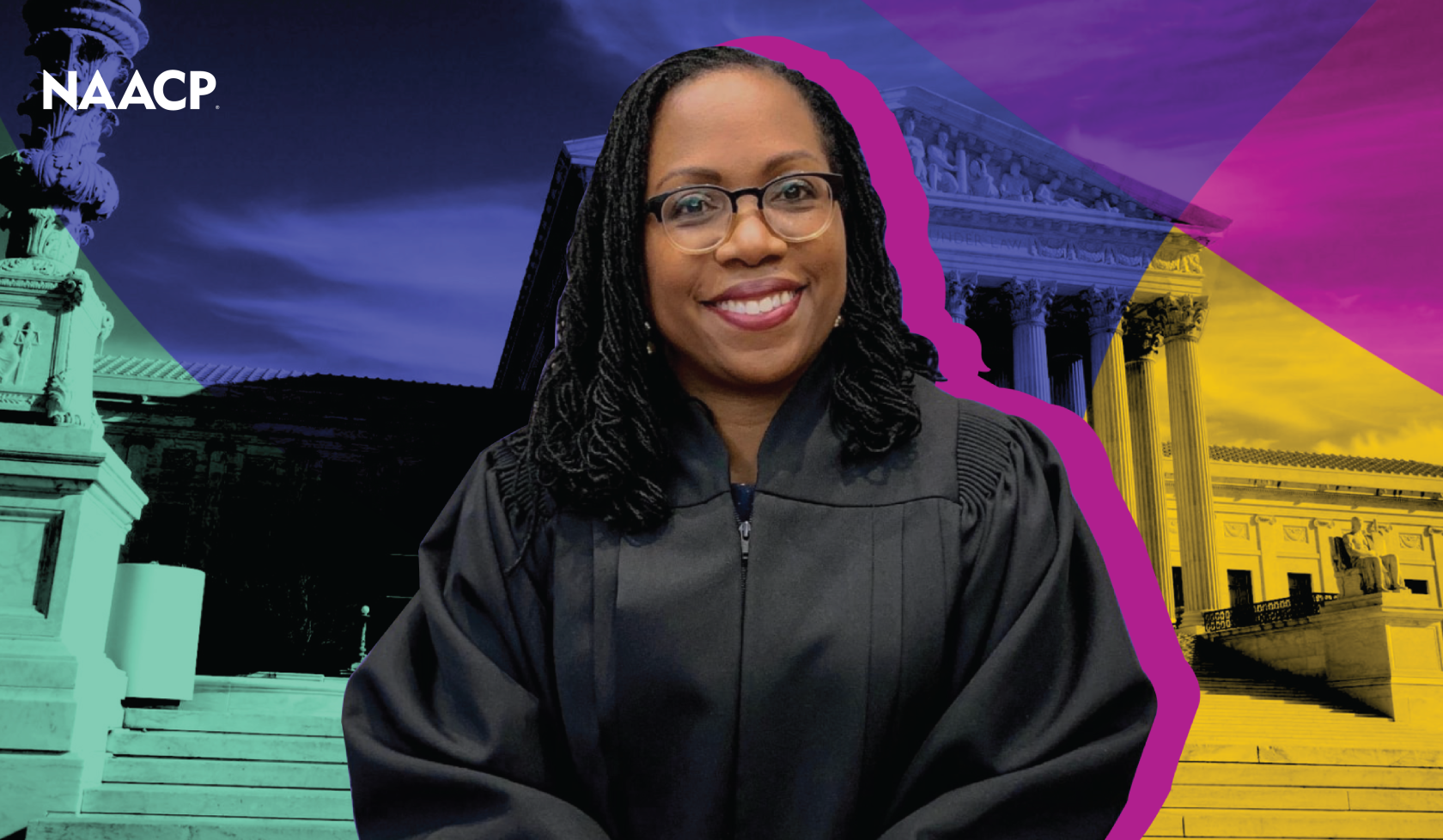Blog
Only twenty-five years ago, Comet Hale-Bopp rounded the Sun and offered a dazzling spectacle in planet Earth’s night skies. Digitized from the original astrophoto on 35mm color slide film, this classic image of the Great Comet of 1997 was recorded a few days after its perihelion passage on April 1, 1997. Made with a camera and telephoto lens piggy-backed on a small telescope, the 10 minute long, hand-guided exposure features the memorable tails of Hale-Bopp, a whitish dust tail and blue ion tail. Here, the ion tail extends well over ten degrees across the northern sky. In all, Hale-Bopp was reported as visible to the naked eye from late May 1996 through September 1997. Also known as C/1995 O1, Hale-Bopp is recognized as one of the most compositionally pristine comets to pass through the inner Solar System. A visitor from the distant Oort cloud, the comet’s next perihelion passage should be around the year 4380 AD. Do you remember Hale-Bopp?
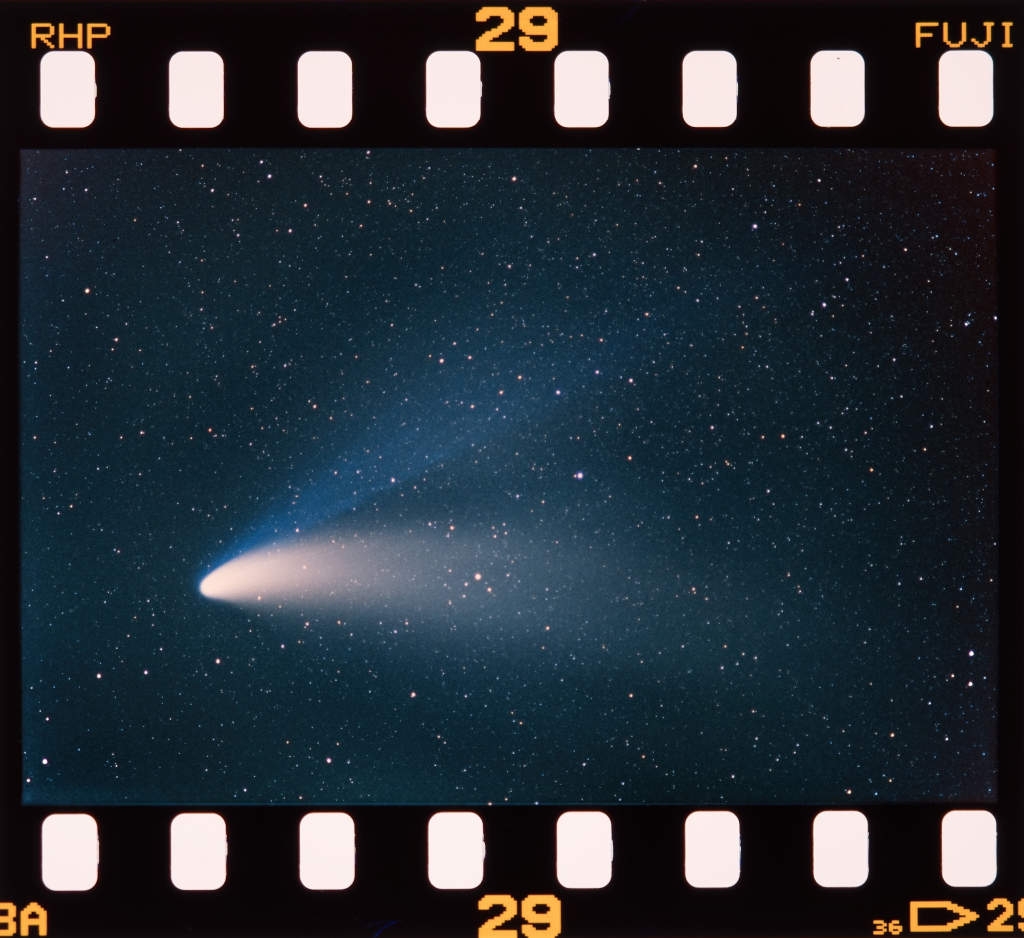
John Charles Julian Lennon (born 8 April 1963) is an English singer, songwriter, photographer and philanthropist. He is the son of Beatlesmember John Lennon and his first wife, Cynthia, and he is named after his paternal grandmother, Julia Lennon. Julian inspired three Beatles’ songs: “Lucy in the Sky with Diamonds” (1967), “Hey Jude” (1968) and “Good Night” (1968). His parents divorced in 1968 after his father had an affair with Yoko Ono.
Lennon started a music career in 1984 with the album Valotte, best known for its lead single “Too Late for Goodbyes“, and has since released six more albums. He has held exhibitions of his fine-art photography and has had several children’s books published. In 2006, Lennon produced the environmental documentary film WhaleDreamers, which won eight international awards. In 2007, he founded The White Feather foundation, whose stated mission goal is to address “environmental and humanitarian issues”.
In 2018, Lennon executive produced the documentary film Women of the White Buffalo, which chronicles the lives of women living on the Lakota Pine Ridge Indian Reservation. In 2020, Lennon executive produced the Netflix documentary Kiss the Ground about regenerative agriculture.
more...Paul Jeffrey (April 8, 1933 – March 20, 2015) was an American jazz tenor saxophonist, arranger, and educator. He was a member of Thelonious Monk‘s regular group from 1970–1975, and also worked extensively with other musicians such as Charles Mingus, Dizzy Gillespie, Clark Terry, Lionel Hampton and B.B. King.
Born in New York City, Jeffrey attended Kingston High School. After graduating in 1951, he completed a Bachelor of Science degree in music education at Ithaca College in 1955. He spent the late 1950s touring with bands led by Illinois Jacquet, Elmo Hope, Big Maybelle, and Wynonie Harris. From 1960 to 1961, Jeffrey toured the US with B.B. King, after which he worked as a freelance musician in the New York City area and toured with bands led by Howard McGhee, Clark Terry, and Dizzy Gillespie.
Jeffrey’s first studio work as a leader was in 1968, when he recorded the album Electrifying Sounds for Savoy Records. He toured with the Count Basie Orchestra before beginning his associations with Thelonious Monk and Charles Mingus. He first joined Monk’s quartet for a multi-day run at the Frog & Nightgown club in Raleigh, North Carolina, in May 1970.
more...Carmen Mercedes McRae (April 8, 1920 – November 10, 1994) was an American jazz singer. She is considered one of the most influential jazz vocalists of the 20th century and is remembered for her behind-the-beat phrasing and ironic interpretation of lyrics.
McRae was born in Harlem, New York City, United States. Her father, Osmond, and mother, Evadne (Gayle) McRae, were immigrants from Jamaica. She began studying piano when she was eight, and the music of jazz greats such as Louis Armstrong and Duke Ellington filled her home. When she was 17 years old, she met singer Billie Holiday. As a teenager McRae came to the attention of Teddy Wilson and his wife, the composer Irene Kitchings. One of McRae’s early songs, “Dream of Life”, was, through their influence, recorded in 1939 by Wilson’s long-time collaborator Billie Holiday. McRae considered Holiday to be her primary influence. She was a lifelong active Democrat.
more...Like the Tango Argentino, Tangos Gitanos roots lie in the way African and Caribbean music blended with Spanish music in 18th and 19th century Latin America. Similar to it’s South American cousin, Tango Gitano consists of a simple, easily varied harmonic and melodic structure over a four-count rhythm. Unlike other four-count patterns, the first beat is weak while the other three beats are strong. As Tangos became a part of flamenco in the 19th century, certain aspects of older flamenco forms were folded into it, including 12-count soleares letras re-shaped to fit the four count rhythmic pattern. Tangos of Granada shows traces of Moorish Zambras, while the Tango de Cádiz, Tanguillos, is a compound rhythm of triplets and duplets.
https://www.youtube.com/watch?v=SMcDNvrNKD0
more...Congratulations Ketanji Brown Jackson you have created a beacon of hope for the USA
WASHINGTON, DC – NAACP President Derrick Johnson issued the statement below on today’s historic senate confirmation vote of Ketanji Brown Jackson to the Supreme Court of the United States:
“Today’s vote to confirm Judge Ketanji Brown Jackson to the Supreme Court is of enormous consequence to our nation and to history. After 233 years, the Court will finally have a Black woman justice deciding our most significant cases with tremendous impact on our lives and the lives of our families.
This has taken far too long. Fifty-five years ago, former NAACP Chief Counsel Thurgood Marshall broke down the wall when he was confirmed as the first Black American to sit on the Supreme Court. Today, Judge Ketanji Brown Jackson shatters the glass ceiling to finally make room for a Black woman on our nation’s highest court.
Judge Jackson is a breathtakingly qualified candidate to make this history. We joined the nation in beaming with pride as we learned about her background and family. She has impeccable credentials and a brilliant intellect. Her work as a public defender and on the Sentencing Commission will bring a perspective to the Court that has been missing since Thurgood Marshall served. Her impressive record as a trial and appellate jurist makes her one of the most prepared and experienced justices ever appointed to the Court. She has an even-handed approach to the law and is committed to fairness and equal justice. Our Supreme Court will be better and stronger with Judge Jackson’s presence, her votes, and her voice.
We greet this moment with joy, hope, and gratitude. We thank President Biden for keeping his promise to nominate the first Black woman justice. We thank the Senate for its bipartisan vote to confirm this historic nominee. We extend special gratitude to Senator Susan Collins, Lisa Murkowski and Mitt Romney, who rejected appeals to partisanize this vote and instead, voted their conscience.
History is watching this moment. The votes to confirm Judge Jackson will recorded as ones in favor of justice and equality. The votes against her will forever be known as hostile and cowardly, as were the attacks by certain Senators throughout this process. The unjust hurdles Black women like Ketanji Brown Jackson face each and every day were regrettably centerstage during her confirmation. But as Black women do, Ketanji Brown Jackson outshined the hate. Today and every day, we celebrate Black women.
The NAACP remains committed to tearing down the racist obstacles that continue to obstruct paths for far too many Americans, especially Black women, throughout our nation. While we celebrate today, tomorrow we are back at work tackling student debt, voting and reproductive rights, climate change, and police reform, so that everyone in America can realize their dream.”
NAACP General Counsel Janette McCarthy Wallace, who attended today’s confirmation of Judge Jackson, released the following statement:
more...“Today, Black women truly are supreme. Over the past few weeks, it has been an incredible privilege to bear witness to the rise of the first Black woman Supreme Court Justice. The significance of this moment for the Black community, especially for Black women like me who have spent decades in the legal profession, is impossible to overstate. Representation is powerful – now, Black women and girls who dream of reaching the highest levels of our government, or any profession for that matter, can see that it is possible. While soon-to-be Justice Jackson’s confirmation did not come without racist, misogynistic attacks on her career and character, it is without question that Ketanji Brown Jackson is imminently qualified to serve on the Supreme Court of the United States. Alongside the rest of our nation, I celebrate her confirmation and this stride toward achieving true equity, and look forward to seeing her take the bench.”
RHYTHM ROOTS RESIDENCY at RTR Public Schools in Tyler, MN 20 miles north of Pipestone. mick will be teaching 5 workshops per day for 6th thru HS grades. Two performances will be held on Thursday 4-14 during school hours in two group segments. Rhythm Roots Workshop explores rhythms from cultures that mick has worked with such as Caribbean, Flamenco, Bulgarian, East European, Congolese, New Orleans, North African, Arabic, Turkish, Sephardic etc
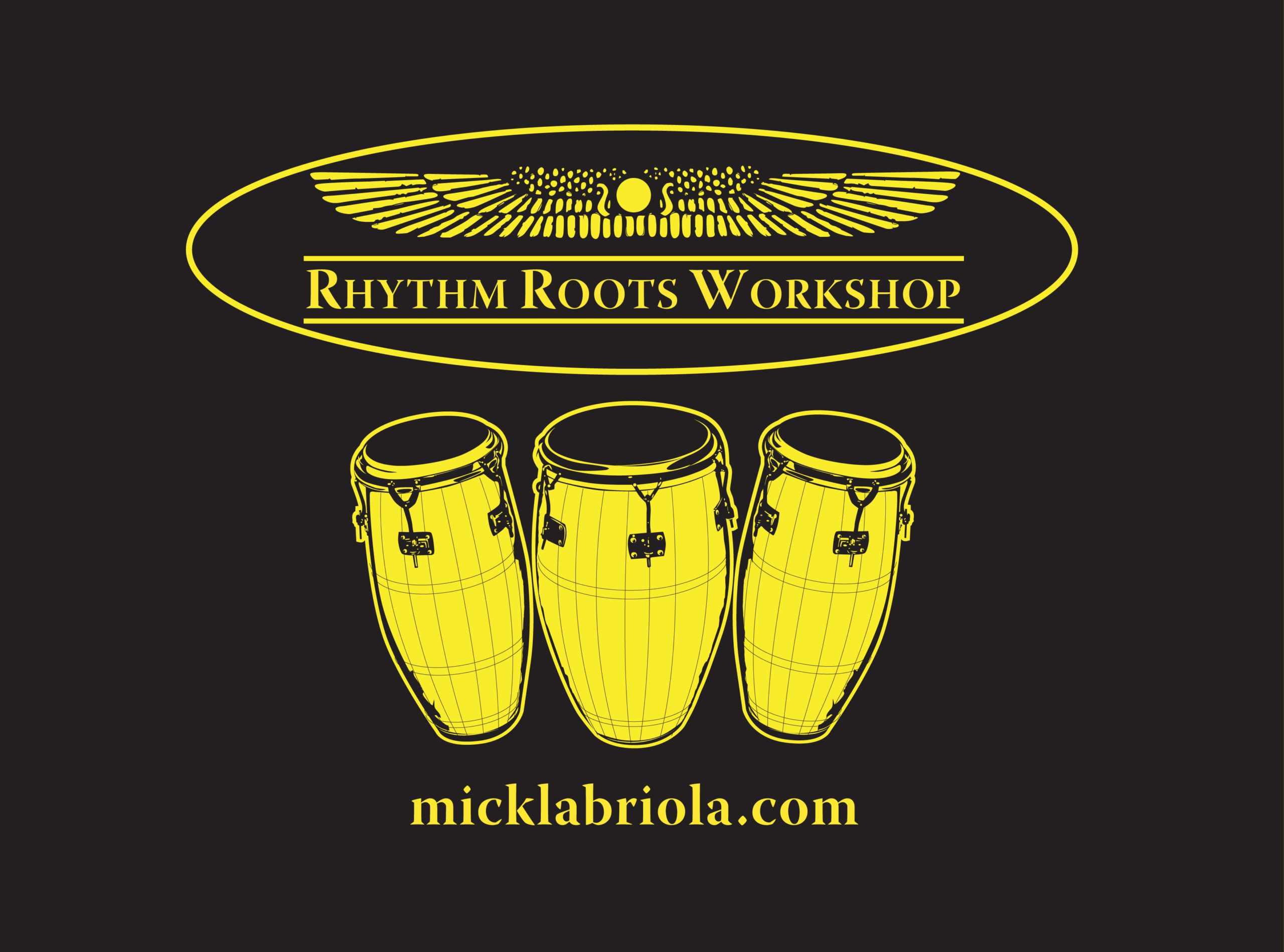
VOS will perform for Maundy Thursday at Westminster Presbyterian Church in Minneapolis. Thursday April 14th 2022 6pm. With David Harris vocals, David Burk oud and mick Chaabi laBriola on percussion. https://www.westminstermpls.org
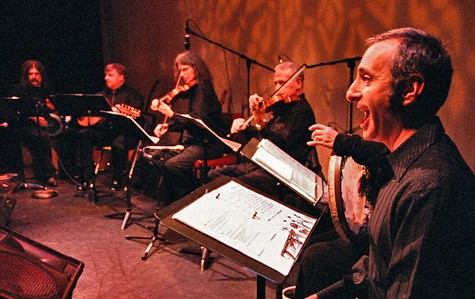
more...
M24 is not a bright galaxy, star cluster, or nebula. It’s a gap in nearby, obscuring interstellar dust clouds that allows a view of the distant stars in the Sagittarius spiral arm of our Milky Way galaxy. When you gaze at the star cloud with binoculars or small telescope you are looking through a window over 300 light-years wide at stars some 10,000 light-years or more from Earth. Sometimes called the Small Sagittarius Star Cloud, M24’s luminous stars fill this gorgeous starscape. Covering over 3 degrees or the width of 6 full moons in the constellation Sagittarius, the telescopic field of view includes dark markings B92 and B93 just above center, along with other clouds of dust and glowing nebulae toward the center of the Milky Way.

Frederick Dewayne Hubbard (April 7, 1938 – December 29, 2008) was an American jazz trumpeter. He played bebop, hard bop, and post-bopstyles from the early 1960s onwards. His unmistakable and influential tone contributed to new perspectives for modern jazz and bebop.
Hubbard started playing the mellophone and trumpet in his school band at Arsenal Technical High School in Indianapolis, Indiana. Trumpeter Lee Katzman, former sideman with Stan Kenton, recommended that he begin studying at the Arthur Jordan Conservatory of Music (now the Jordan College of the Arts at Butler University) with Max Woodbury, the principal trumpeter of the Indianapolis Symphony Orchestra. In his teens, Hubbard worked locally with brothers Wes and Monk Montgomery, and worked with bassist Larry Ridley and saxophonist James Spaulding. In 1958, at the age of 20, he moved to New York and began playing with some of the best jazz players of the era, including Philly Joe Jones, Sonny Rollins, Slide Hampton, Eric Dolphy, J. J. Johnson, and Quincy Jones. On June 19. 1960. Hubbard made his first record as a leader, Open Sesame, at the beginning of his contract with Blue Note Records, with saxophonist Tina Brooks, pianist McCoy Tyner, bassist Sam Jones, and drummer Clifford Jarvis. Six days later he returned the favor to Brooks and recorded with him on True Blue.
more...Pandit Ravi Shankar KBE ; born Robindro Shaunkor Chowdhury, sometimes spelled as Rabindra Shankar Chowdhury; 7 April 1920 – 11 December 2012) was an Indian sitarist and composer. A sitar virtuoso, he became the world’s best-known exponent of North Indian classical music in the second half of the 20th century, and influenced many musicians in India and throughout the world. Shankar was awarded India’s highest civilian honour, the Bharat Ratna, in 1999.
Shankar was born to a Bengali Brahmin family in India, and spent his youth as a dancer touring India and Europe with the dance group of his brother Uday Shankar. He gave up dancing in 1938 to study sitar playing under court musician Allauddin Khan. After finishing his studies in 1944, Shankar worked as a composer, creating the music for the Apu Trilogy by Satyajit Ray, and was music director of All India Radio, New Delhi, from 1949 to 1956.
In 1956, Shankar began to tour Europe and the Americas playing Indian classical music and increased its popularity there in the 1960s through teaching, performance, and his association with violinist Yehudi Menuhin and Beatles guitarist George Harrison. His influence on Harrison helped popularize the use of Indian instruments in Western pop music in the latter half of the 1960s. Shankar engaged Western music by writing compositions for sitar and orchestra, and toured the world in the 1970s and 1980s. From 1986 to 1992, he served as a nominated member of Rajya Sabha, the upper chamber of the Parliament of India. He continued to perform until the end of his life.
more...Ramón “Mongo” Santamaría Rodríguez (April 7, 1917 – February 1, 2003) was a Cuban percussionist and bandleader who spent most of his career in the United States. Primarily a conga drummer, Santamaría was a leading figure in the pachanga and boogaloo dance crazes of the 1960s. His biggest hit was his rendition of Herbie Hancock‘s “Watermelon Man“, which was inducted into the Grammy Hall of Fame in 1998. From the 1970s, he recorded mainly salsa and Latin jazz, before retiring in the late 1990s.
Mongo learned to play the congas as an amateur rumba musician in the streets of Havana. He then learned the bongos from Clemente “Chicho” Piquero and toured with various successful bands such as the Lecuona Cuban Boys and Sonora Matancera. In 1950, he moved to New York City, where he became Tito Puente‘s conguero and in 1957 he joined Cal Tjader‘s band. He then formed his own charanga, while at the same time recording some of the first rumba and Santería music albums. By the end of the decade, he had his first pachanga hit, “Para ti”. He then became a pioneer of boogaloo with “Watermelon Man” and later signed record deals with Columbia, Atlantic and Fania. He collaborated with salsa artists and became a member of the Fania All-Stars, often showcasing his conga solos against Ray Barretto. In his later years, Santamaría recorded mostly Latin jazz for Concord Jazz and Chesky Records.
Santamaría learned rumba as a kid in the streets of Havana’s Jesús María neighborhood. He reminisced: “In the neighborhood where I came from we had all kinds of music, mostly from Africa. We did not leave it alone; we changed it our way. The music we made dealt with religion and conversation. The drum was our tool and we used it for everything” . Gerard points out: “Santamaría, like other drummers of his generation, learned music in the streets by observing different drummers. When he started playing professionally, he learned on the job. His approach was utilitarian, not theoretical” Santamaría was mentored on bongos and congas by Clemente “Chicho” Piquero, who played in Beny Moré‘s band. He recalled: “I would go with Chicho and play the tumbadora and also the [quinto]. I would play everything because I learned a lot from Chicho—because he could play everything”.
more...Billie Holiday (born Eleanora Fagan; April 7, 1915 – July 17, 1959) was an American jazz and swing music singer. Nicknamed “Lady Day” by her friend and music partner, Lester Young, Holiday had an innovative influence on jazz music and pop singing. Her vocal style, strongly inspired by jazz instrumentalists, pioneered a new way of manipulating phrasing and tempo. She was known for her vocal delivery and improvisational skills.
After a turbulent childhood, Holiday began singing in nightclubs in Harlem, where she was heard by producer John Hammond, who liked her voice. She signed a recording contract with Brunswick in 1935. Collaborations with Teddy Wilson produced the hit “What a Little Moonlight Can Do“, which became a jazz standard. Throughout the 1930s and 1940s, Holiday had mainstream success on labels such as Columbia and Decca. By the late 1940s, however, she was beset with legal troubles and drug abuse. After a short prison sentence, she performed at a sold-out concert at Carnegie Hall. She was a successful concert performer throughout the 1950s with two further sold-out shows at Carnegie Hall. Because of personal struggles and an altered voice, her final recordings were met with mixed reaction but were mild commercial successes. Her final album, Lady in Satin, was released in 1958. Holiday died of cirrhosis on July 17, 1959, at age 44.
Holiday won four Grammy Awards, all of them posthumously, for Best Historical Album. She was inducted into the Grammy Hall of Fame and the National Rhythm & Blues Hall of Fame. She was also inducted into the Rock & Roll Hall of Fame, though not in that genre; the website states that “Billie Holiday changed jazz forever”. Several films about her life have been released, most recently The United States vs. Billie Holiday (2021). Eleanora Fagan was born on April 7, 1915, in Philadelphia, the daughter of African-American unwed teenage couple Sarah Julia “Sadie” Fagan and Clarence Halliday. Sarah moved to Philadelphia at age 19, after she was evicted from her parents’ home in the Sandtown-Winchester neighborhood of Baltimore, Maryland for becoming pregnant. With no support from her parents, she made arrangements with her older, married half-sister, Eva Miller, for Eleanora to stay with her in Baltimore. Not long after Eleanora was born, Clarence abandoned his family to pursue a career as a jazz banjo player and guitarist. Some historians have disputed Holiday’s paternity, as a copy of her birth certificate in the Baltimore archives lists her father as “Frank DeViese”. Other historians consider this an anomaly, probably inserted by a hospital or government worker. DeViese lived in Philadelphia, and Sadie Harris may have known him through her work. Sadie Harris, then known as Sadie Fagan, married Philip Gough, but the marriage ended in two years. She died at age 44, at 3:10 a.m. on July 17 1959, of pulmonary edema and heart failure caused by cirrhosis of the liver.
more...https://www.youtube.com/watch?v=TRpEcPjcU8w
more...Located in the direction of the Ursa Major constellation about 12 million light-years from home, M81 or the Bode Galaxy is a spiral galaxy with a diameter of 87,000 light-years.
with a diameter of 87,000 light-years.
The arms of the galaxy are home to young and very hot (blue) stars formed over the past million years while the central bulb contains the oldest stars. At its heart lies a black hole fifteen times more massive than that of the Milky Way and equivalent to 70 million times the mass of the Sun.
M81 is part of a group of galaxies that bears his name. The M81 group includes nearly forty known galaxies, the most important of which are M82, NGC 2366, NGC 2403, NGC 2976, NGC 3077, NGC 4236 and IC 2574.
The entire M81 group and ours are also part of the supercluster of the virgin.
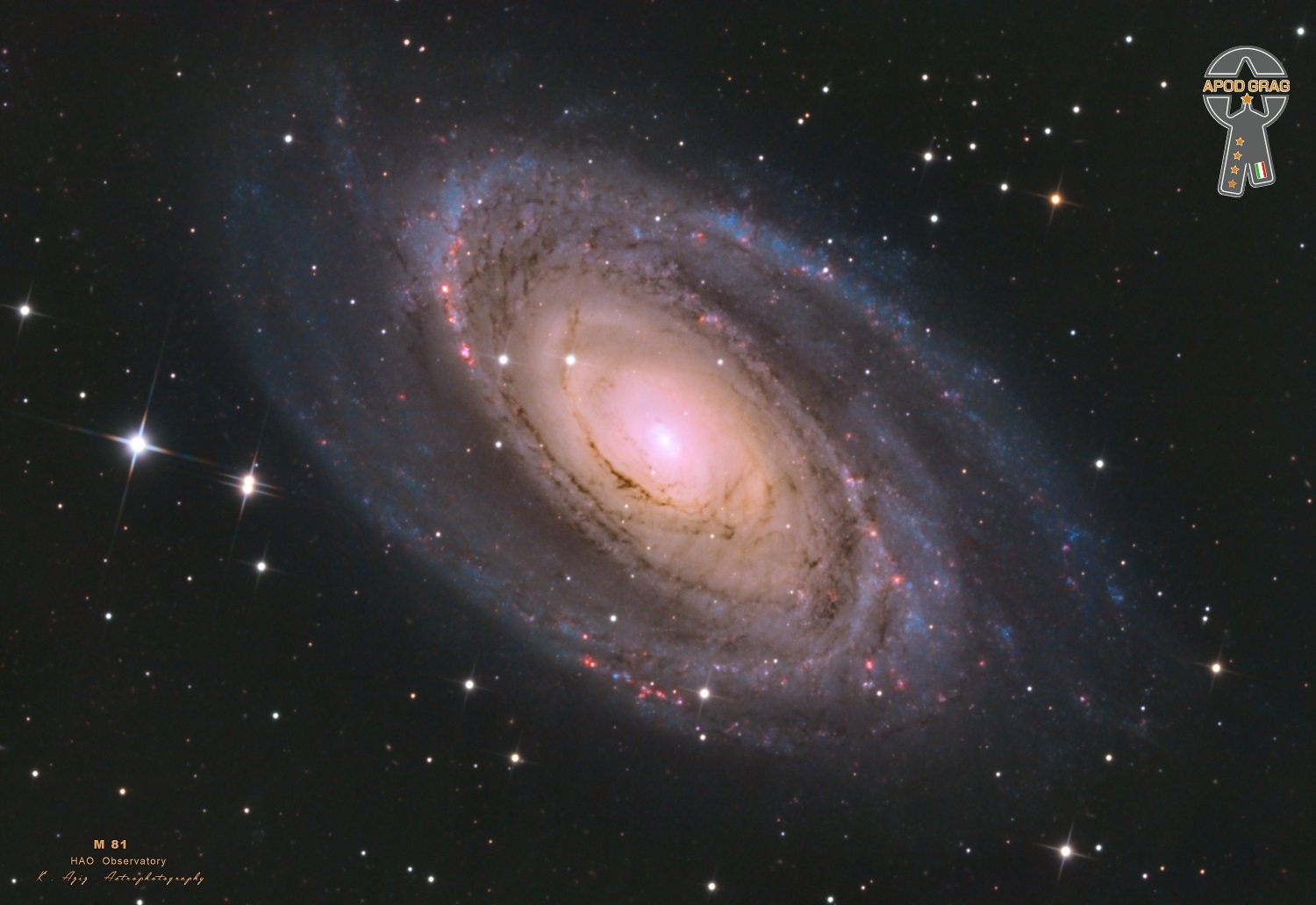
John Paul Pizzarelli Jr. (born April 6, 1960, in Paterson, New Jersey) is an American jazz guitarist and vocalist. He has recorded over twenty solo albums and has appeared on more than forty albums by other recording artists, including Paul McCartney, James Taylor, Rosemary Clooney; his father, jazz guitarist Bucky Pizzarelli; and his wife, singer Jessica Molaskey.
The son of swing guitarist Bucky Pizzarelli, John Pizzarelli was born in Paterson, New Jersey. He started on guitar when he was six and played trumpet through his college years. He attended Don Bosco Preparatory High School, an all-boys Catholic school. In his teens, he performed with Benny Goodman, Les Paul, Zoot Sims, Slam Stewart, and Clark Terry.
Pizzarelli attended the University of Tampa and William Paterson University, though he has said that his most important teacher was his father from 1980 to 1990. During the 1980s, he established himself as a jazz guitarist and a vocalist. He released his debut solo album, I’m Hip (Please Don’t Tell My Father), in 1983.
more...More Posts
- Hector Berlioz
- Pérez Prado
- World Music Iberoamerican Ensemble
- Daily Roots Scientist
- R D Laing Masquerade
- World Human Rights Day 2024
- Cosmos NGC 5643
- Larry Fast
- Bob Cranshaw
- Guitar Slim
- Ray Nance
- World Music Refugees for Refugees
- Daily Roots Viceroys
- Little Shop of Horrors 2025
- Baba Hari Dass Pockets
- One Toke Over the Line Sweet Jesus
- Lennon God
- Alto Cumulous Clouds 2024
- Cosmos IC 2872/Gum 40
- Joan Armatrading
